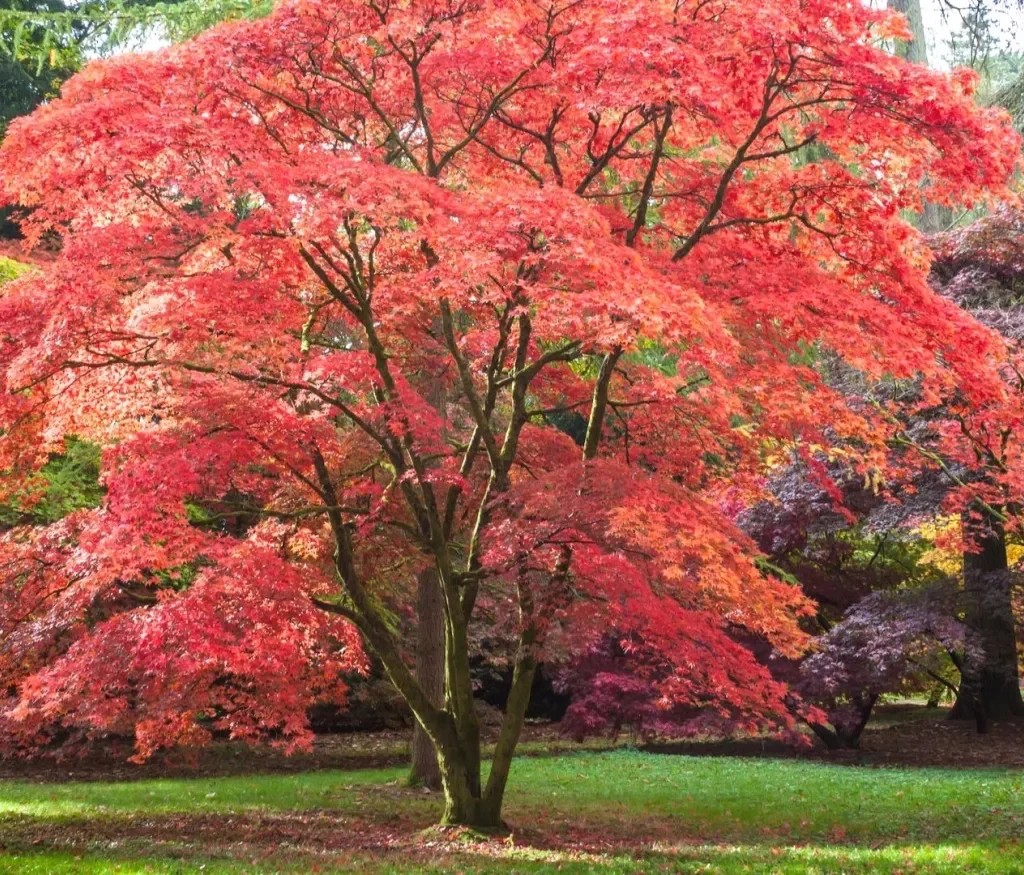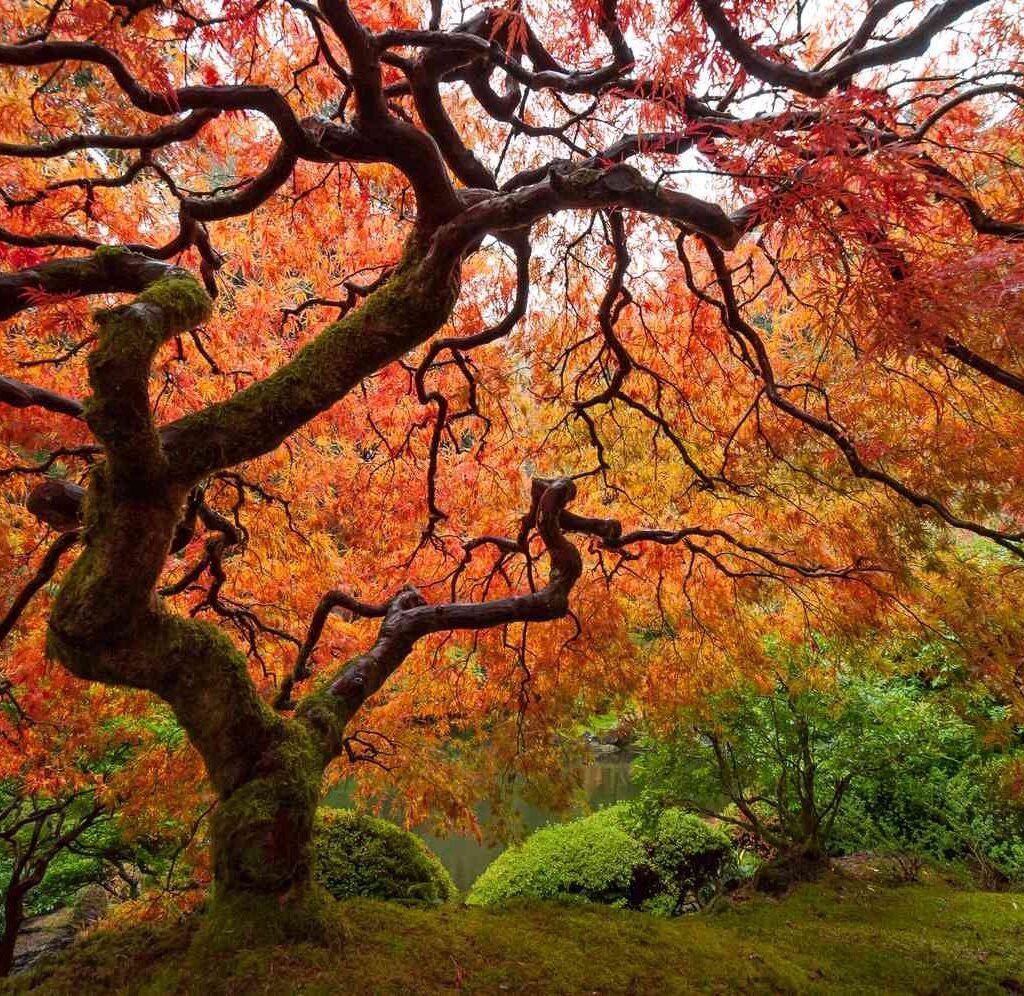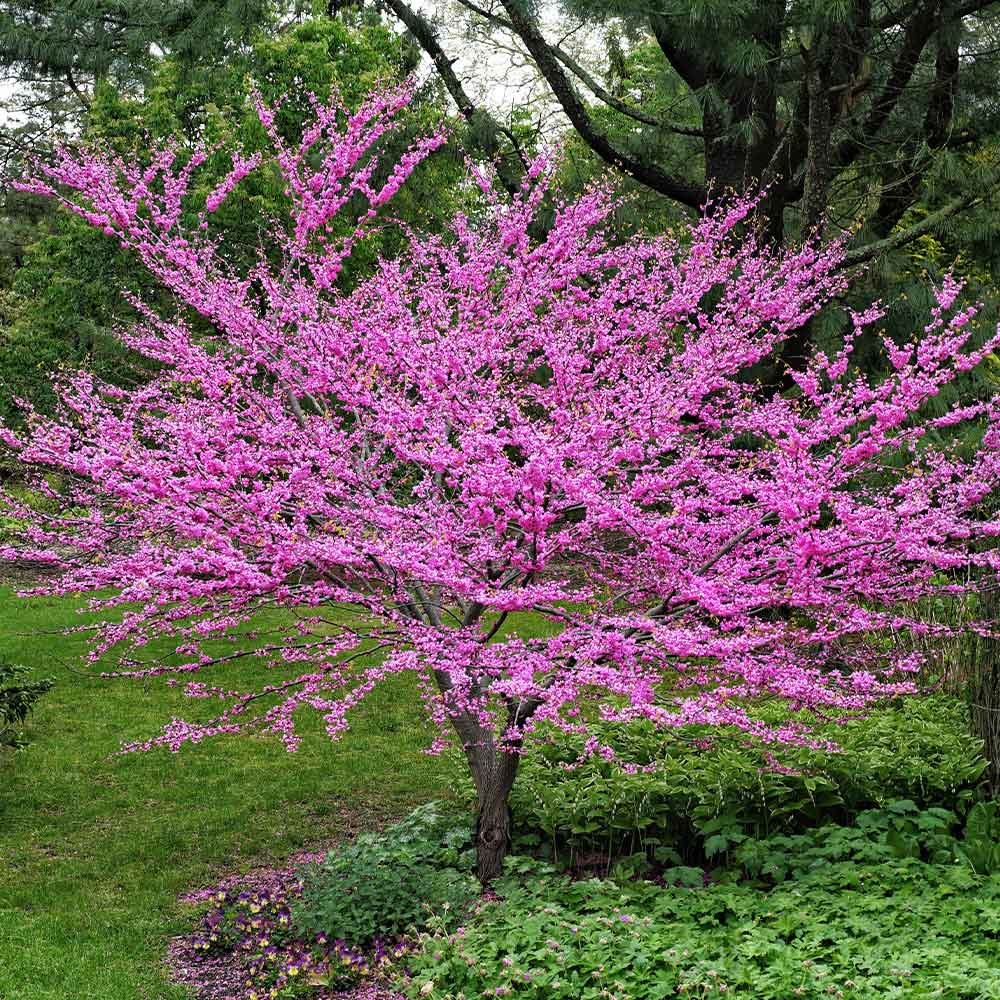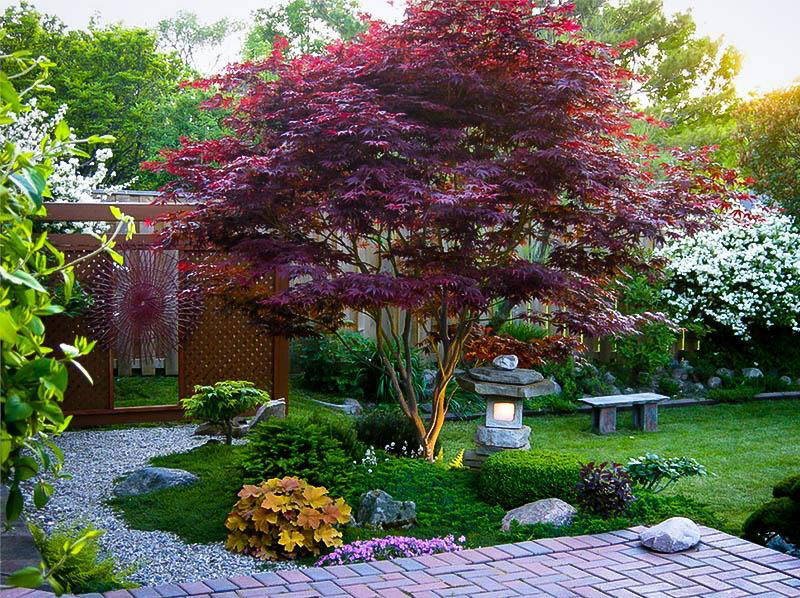In today’s world, where urban heat islands and rising temperatures are increasingly common, planting shade trees is more than an aesthetic choice—it’s a necessity. Trees that provide ample shade not only offer relief from the scorching sun but also improve energy efficiency, reduce cooling costs, enhance air quality, and boost property value. However, not all trees are created equal when it comes to shade. Choosing the right species can mean the difference between a garden that offers refreshing shelter for decades and one that falls short of expectations.
This article explores some of the best trees to plant for long-lasting shade, highlighting their unique features, growth habits, and care requirements. Whether you’re a homeowner looking to create a cool backyard retreat, a landscaper planning a public park, or a student researching sustainable urban forestry, this guide will help you make informed decisions for a greener, cooler future.
Why Shade Trees Matter

Before diving into the best species, it’s important to understand why shade trees are valuable:
- Cooling Effect: Shade trees block direct sunlight, reducing surface and air temperatures beneath them by up to 20°F or more.
- Energy Savings: Strategically placed shade trees can lower air conditioning needs in nearby buildings by up to 30%.
- Environmental Benefits: Trees absorb carbon dioxide, filter pollutants, reduce stormwater runoff, and provide habitats for wildlife.
- Aesthetic and Psychological Benefits: Shaded areas encourage outdoor activities, create peaceful retreats, and enhance overall well-being.
To maximize these benefits, selecting trees that are not only fast-growing but also long-lived and structurally sound is essential.
Characteristics of the Best Shade Trees

When selecting shade trees, consider the following traits:
- Large Canopy: Trees with broad, dense foliage provide more extensive shade.
- Longevity: Long-living trees offer shade benefits for decades or even centuries.
- Growth Rate: While fast growers provide quicker shade, combining species with varying growth rates ensures a balanced landscape.
- Adaptability: Trees that tolerate a range of soil types, moisture levels, and climate conditions are more likely to thrive.
- Low Maintenance: Disease resistance and minimal pruning needs reduce long-term care.
Top 7 Trees for Long-Lasting Shade

1. Northern Red Oak (Quercus rubra)
The Northern Red Oak is a classic shade tree beloved for its stately appearance and robust growth.
- Canopy: Broad, rounded canopy with dense, deep green leaves.
- Growth Rate: Moderate to fast—about 2 feet per year.
- Longevity: Can live 200 years or more.
- Adaptability: Thrives in a variety of soils, including clay and sandy loams; prefers full sun.
- Additional Benefits: Its brilliant red fall foliage adds seasonal interest; strong wood and deep roots make it resistant to storm damage.
Why It’s Great for Shade: Its large, dense canopy creates expansive shade perfect for parks, large yards, or streets.
2. Sugar Maple (Acer saccharum)
Known for its iconic fall colors, the Sugar Maple is also an excellent shade provider.
- Canopy: Dense, rounded canopy with lush, dark green leaves.
- Growth Rate: Moderate—approximately 1 to 2 feet per year.
- Longevity: Can live 300 years or more.
- Adaptability: Prefers well-drained, moist soils; does best in full sun to partial shade.
- Additional Benefits: Famous for its sweet sap used in maple syrup production; spectacular fall foliage in shades of yellow, orange, and red.
Why It’s Great for Shade: Its thick canopy and longevity provide reliable shade for generations.
3. American Sycamore (Platanus occidentalis)
The American Sycamore is a majestic tree often seen along rivers and in large open spaces.
- Canopy: Wide-spreading, irregularly shaped canopy with large leaves.
- Growth Rate: Fast-growing—up to 3 feet per year.
- Longevity: Typically 200+ years.
- Adaptability: Thrives in moist, well-drained soils; tolerates urban pollution well.
- Additional Benefits: Its distinctive exfoliating bark adds year-round visual interest.
Why It’s Great for Shade: The fast growth and expansive canopy make it an excellent choice for quickly creating shade.
4. Tulip Tree (Liriodendron tulipifera)

Also called the Yellow Poplar, the Tulip Tree is one of the tallest native hardwoods.
- Canopy: Tall, broad canopy with uniquely shaped leaves.
- Growth Rate: Fast—up to 3 feet per year.
- Longevity: Can live 200 years or more.
- Adaptability: Prefers moist, well-drained soils; tolerates full sun.
- Additional Benefits: Produces tulip-shaped flowers in spring, attracting pollinators.
Why It’s Great for Shade: Its rapid growth and tall stature create impressive, long-lasting shade.
5. Sweetgum (Liquidambar styraciflua)
Sweetgum is admired for its star-shaped leaves and vibrant fall colors.
- Canopy: Dense, pyramidal to rounded canopy.
- Growth Rate: Moderate to fast—up to 2 feet per year.
- Longevity: 100–150 years.
- Adaptability: Thrives in a wide range of soils; prefers full sun.
- Additional Benefits: Produces spiky seed pods that can be a challenge but also provide winter interest.
Why It’s Great for Shade: Its dense foliage provides excellent shade, while its seasonal colors add beauty.
6. London Plane Tree (Platanus × acerifolia)
A hybrid of the American Sycamore and Oriental Plane, the London Plane is a popular urban shade tree.
- Canopy: Broad, rounded canopy with large leaves.
- Growth Rate: Fast—up to 3 feet per year.
- Longevity: Around 100–150 years.
- Adaptability: Exceptionally tolerant of pollution, compacted soils, and drought.
- Additional Benefits: Attractive mottled bark and excellent resistance to disease.
Why It’s Great for Shade: Its tolerance for tough urban conditions combined with a large canopy makes it perfect for city streets and parks.
7. Live Oak (Quercus virginiana)
Live Oak is a southern favorite known for its sprawling, picturesque canopy.
- Canopy: Massive, spreading canopy that can reach widths of over 100 feet.
- Growth Rate: Slow to moderate.
- Longevity: Can live 200–300 years.
- Adaptability: Prefers sandy, well-drained soils; tolerant of salt and drought.
- Additional Benefits: Provides important habitat for wildlife; evergreen leaves provide year-round shade.
Why It’s Great for Shade: Its immense canopy and evergreen nature provide broad, consistent shade all year.
Planting and Care Tips for Long-Lasting Shade
To ensure that your shade trees thrive and provide benefits for decades, follow these key tips:
1. Choose the Right Location
Consider space for growth both above and below ground. Avoid planting too close to buildings, sidewalks, or underground utilities.
2. Soil Preparation
Healthy soil with good drainage and sufficient nutrients supports robust tree growth. Amend soil as necessary before planting.
3. Watering
Young trees need consistent watering during the first few years to establish roots. Mature trees generally require less frequent watering unless conditions are unusually dry.
4. Mulching
Mulch around the base helps retain moisture, regulate soil temperature, and reduce weeds.
5. Pruning
Prune to remove dead or diseased branches and maintain strong structure. Avoid over-pruning, which can reduce canopy density.
6. Pest and Disease Management
Monitor trees regularly for signs of pests or diseases. Early intervention prevents long-term damage.
Conclusion
Selecting the best trees for long-lasting shade is an investment in the comfort, value, and sustainability of your outdoor space. Trees like Northern Red Oak, Sugar Maple, American Sycamore, Tulip Tree, Sweetgum, London Plane, and Live Oak combine beauty, durability, and impressive canopy spread to provide effective and enduring shade.
By understanding their growth habits, environmental needs, and care requirements, you can create a vibrant, shaded oasis that will benefit generations to come. Whether in a backyard, park, or urban street, the right shade trees cool our environment, improve air quality, and enrich our connection with nature.
So, plant wisely today for a cooler, greener tomorrow.

Leave A Comment